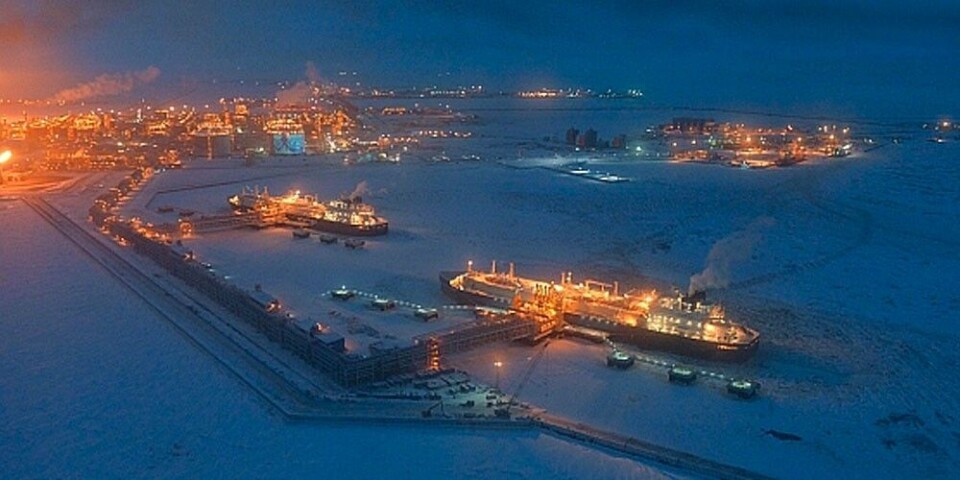
New era starts on Northern Sea Route
Today’s shipment of LNG from Sabetta marks the onset of a period of big growth in Russian Arctic shipping.

The «Christophe de Margerie» carries up to 172,600 cubic meters of LNG as it today set out from Sabetta, the new big port on the northern tip of the Yamal Peninsula. It is the maiden trip from Russia’s Arctic flagship project, the Yamal LNG, and the ship is expected to have an east-bound course towards the markets in Asia. The «Christophe de Margerie» has ice-protection level Arc7 and is capable to autonomously break through 2,1 meter of ice. It is the first of 15 ships of the kind to serve the new natural gas project.
The tanker has an engine power of 45 MW, which is «comparable with a nuclear powered icebreaker», natural gas company Novatek says.
The Yamal LNG project will alone result in a major growth in Russian Arctic shipping. According to estimates from the Russian Ministry of Natural Resources, shipments along the route might by year 2020 constitute up to 40 million tons.
Liquified natural gas makes up a key share of the goods. The Yamal LNG project will alone produce up to 17 million tons per year. A second projected LNG plant, the Arctic LNG-2, will produce a similar number of millions when it comes online, presumably in year 2023.
The estimates from the Russian Ministry of Natural Resources, available in a memo published by news site PortNews, shows that shipping volumes could increase to as much as 67 million tons by 2025 and to 72 million tons in 2030. Half of it will be LNG, and much of it will be shipped eastwards through the ice-covered waters of the Russian east Arctic.

In the Soviet period, NSR shipments reached its climax in the 1980s at about 6 millions. That record was broken in 2016, when shipments on the route increased to 7,265 million tons, an increase of 35 percent from 2015.
In 2017, the shipments have continued to increase. According to Viktor Olersky, leader of the Federal Agency for Maritime and River Transport, volumes on the route is this year expected to increase to about 10 million tons.
By 20th October, the volumes exceeded 7 million tons, he told newspaper Kommersant.
According to the Center for High North Logistics (CHNL), a Norwegian-based institution, the number of voyages on the Northern Sea Route by 1 November this year amounted to 1782, of which a key share proceeded to Sabetta.
A total of 289 ships, of them 214 with Russian flag, were registered on the route. They proceeded to as many as 94 different destinations, of which Sabetta and Cape Kamenny in the Gulf of Ob were the most frequent.

The figures are not official data, but estimates based on AIS data and data from NSR Administration web page, Sergey Balsamov from the CHNL says in an email to the Barents Observer.
Meanwhile, transit shipments on the route remains sparse. By 15th November this year, a total of 24 transit shipments were registered. Transit cargo volumes are unlikely to much higher this year compared with 2016, when a total of 19 ships carried 214,513 tons across the route. That was more than in 2015, but far less than in 2012, when transit shipment amounted to 1,35 million tons. In 2015, goods volumes shipped transit along the route was only 40,000 tons.
















